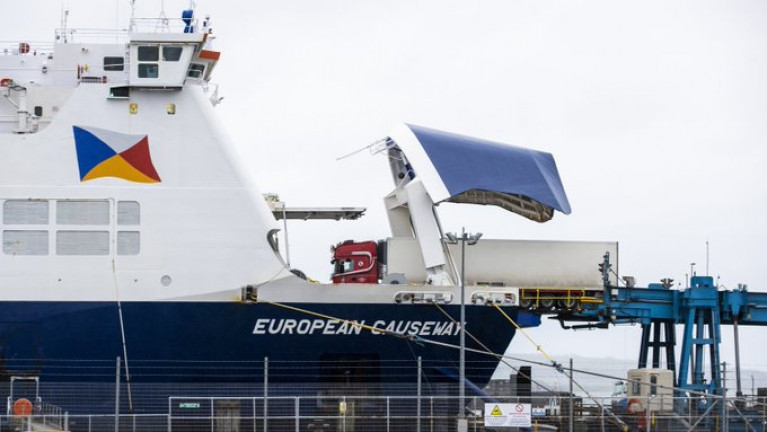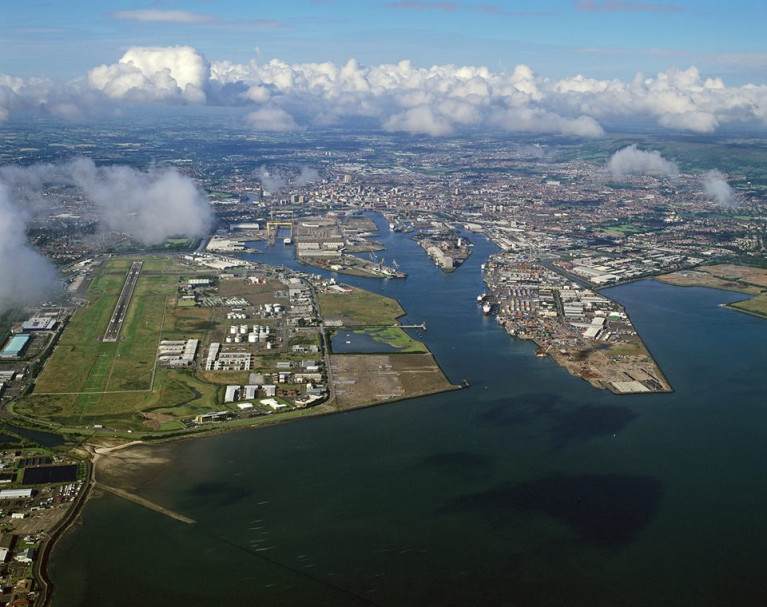Displaying items by tag: UK Transport Sec
UK Transport Secretary Calls for Boss of P&O Ferries to Quit
The UK Transport Secretary Grant Shapps has said the boss of P&O Ferries should resign after his "brazen" and "breathtaking" comments about "knowingly breaking the law".
It comes after chief executive Peter Hebblethwaite admitted the company broke employment law when it sacked 800 workers without notice.
The Transport Secretary told Sky News this morning: "I thought what the boss of P&O said yesterday about knowingly breaking the law was brazen and breathtaking, and showed incredible arrogance.
"I cannot believe that he can stay in that role having admitted to deliberately go out and use a loophole - well, break the law, but also use a loophole."
Pressed on whether that meant he was calling for Mr Hebblethwaite to resign "right now", he said: "Yes."
Mr Shapps also said the Government is planning to change the law to ensure companies working from British ports pay people the minimum wage.
Yesterday, Mr Hebblethwaite was urged by MPs to quit after acknowledging there is "absolutely no doubt" the ferry operator was required to consult with trade unions.
The company replaced its crews with cheaper agency workers last week.
More RTE News has here to read on this development.
Ports and airports need urgent help to endure the coronavirus crisis, Northern Ireland’s Stormont ministers said.
They asked Transport Secretary Grant Shapps to introduce special measures.
Commercial air travel has dwindled with the demise of Flybe and easyJet’s decision to ground its entire fleet.
Freight operators using ferries have expressed mounting concern about the viability of services when there are fewer return loads available.
I will continue to press for critical support to protect our economy and most importantly our community at this difficult time
Northern Ireland Finance Minister Conor Murphy said: “It was a productive phone call with Grant Shapps and Secretary of State, Brandon Lewis.
More from this story reports the Irish Examiner.
Afloat adds asides Belfast Harbour and the Port of Larne, there are commercial ports located in London/Derry (Foyleport), Coleraine and Warrenpoint.
























